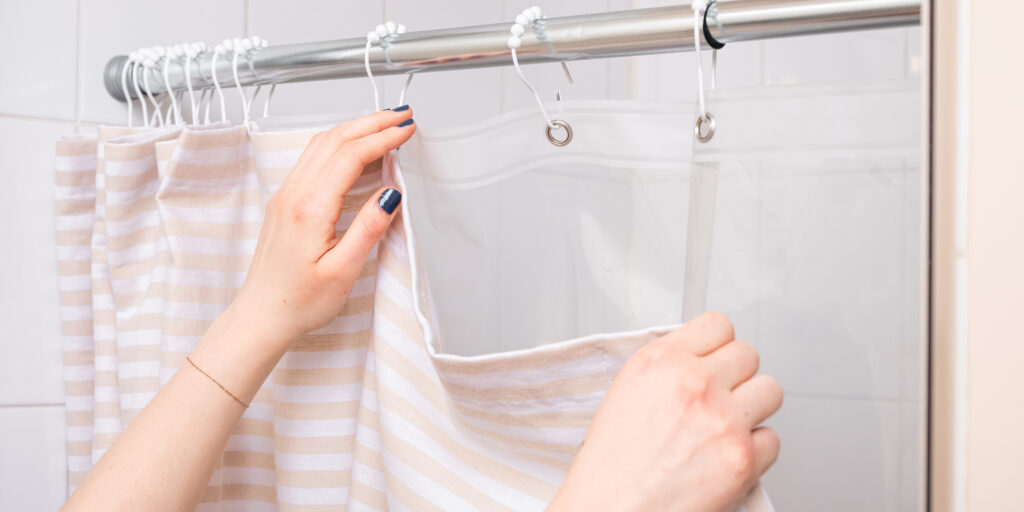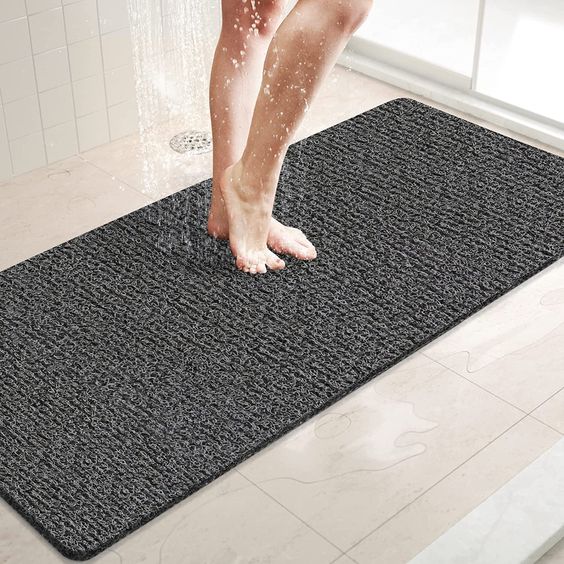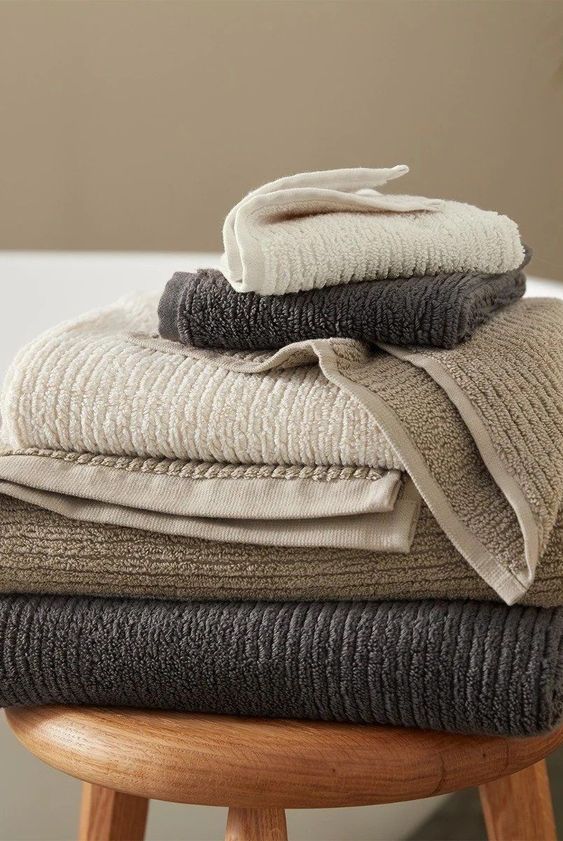Bathroom Decor
How Often Should You Change Your Shower Curtain And Other Bathroom Items?
Are you wondering about the ideal frequency for replacing your shower curtain and other essential bathroom items? Maintaining a clean and hygienic bathroom environment is crucial for your health and well-being. In this guide, we will answer the question, “How Often Should You Change Your Shower Curtain and Other Bathroom Items?” By understanding the recommended replacement intervals, you can ensure optimal functionality and hygiene in your bathroom.
I. How Often Should You Change Your Shower Curtain?

To ensure hygiene and maintain a visually appealing bathroom, a general guideline is to replace your shower curtain every 6 to 12 months. However, individual circumstances and usage patterns may vary, so conduct regular hygiene inspections and replace the curtain promptly if you notice signs of mold, mildew, or deterioration.
When it comes to your shower curtain, regular replacement is essential to maintain a clean and hygienic bathroom. Consider the following factors that influence the replacement frequency:
- Material: Different shower curtain materials have varying levels of durability. Vinyl or plastic curtains may need replacement more frequently compared to fabric ones.
- Cleanliness: Despite regular cleaning, shower curtains can accumulate soap scum, mold, and mildew over time. Replace your shower curtain if it becomes difficult to clean or shows signs of persistent stains.
- Wear and Tear: With daily use, shower curtains experience wear and tear. Tears, fraying edges, or weakened grommets indicate the need for replacement.
II. Shower Mat: Every 6 To 12 Months

To ensure a clean and safe bathroom, it is recommended to replace your shower mat every 6 to 12 months. However, factors such as usage frequency and maintenance practices can affect the replacement interval. Regularly inspect your shower mat for signs of wear, mold, discoloration, or unpleasant odors, and replace it promptly when necessary.
Consider the following reasons why you should regularly replace your shower mat:
- Hygiene: Shower mats can accumulate dirt, soap scum, and dead skin cells, creating an ideal environment for mold and bacteria to thrive. Regular replacement helps maintain a hygienic bathing area.
- Wear and Tear: With frequent use, shower mats can become worn, lose their grip, or develop cracks. These signs of wear compromise their effectiveness in preventing slips and falls.
- Mold and Discoloration: Shower mats that are constantly exposed to moisture are susceptible to mold and discoloration. If you notice mold growth, discoloration, or an unpleasant odor, it’s time to replace your shower mat.
III. Shower Head: 6 To 8 Months Regularly

Based on performance, water flow, and mineral buildup, here are some guidelines on when to consider replacing your shower head:
- Performance: If you notice a decrease in water pressure or uneven spray patterns, it may be time for a replacement.
- Water Flow: Over time, mineral deposits can accumulate inside the shower head, causing reduced water flow. If cleaning doesn’t restore the desired water flow, consider replacing the shower head.
- Clogs and Leaks: Persistent clogs or leaks that cannot be fixed through cleaning or repair indicate the need for a new shower head.
- Corrosion: Corrosion can affect both the appearance and functionality of your shower head. If you notice signs of rust or corrosion, it’s best to replace it to prevent further damage.
IV. Shower Liner: Every 6 To 12 Months

A shower liner serves as a vital barrier between your shower and the rest of your bathroom, protecting it from water damage. Consider the following factors when determining if it’s time to replace your shower liner:
- Condition, Cleanliness, and Durability: Regularly inspect your shower liner for signs of wear and tear, discoloration, or damage. Replace the liner if it appears worn, faded, or has visible tears.
- Signs of Mold, Tears, or Excessive Staining: Mold or mildew growth, tears, or excessive staining on your shower liner are clear indicators that it needs to be replaced promptly. These issues can compromise its effectiveness and pose health risks.
V. Bath Towels:

Bath towels are an essential part of your bathroom routine, providing comfort and drying off after a refreshing shower or bath. As a general guideline, it is recommended to replace bath towels every 1 to 3 years, depending on their condition and usage. Pay attention to the towels’ absorbency, softness, and any persistent odors. If your bath towels are worn out, have lost their softness, or retain a musty smell even after washing, it’s a good indication that it’s time for a replacement.
However, dead skin cells, bacteria, and even sweat can accumulate quickly on your towels, so using a fresh one about every three days is a simple rule of thumb—for all kinds of towels.
